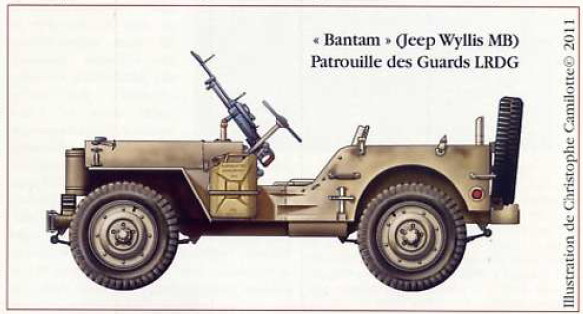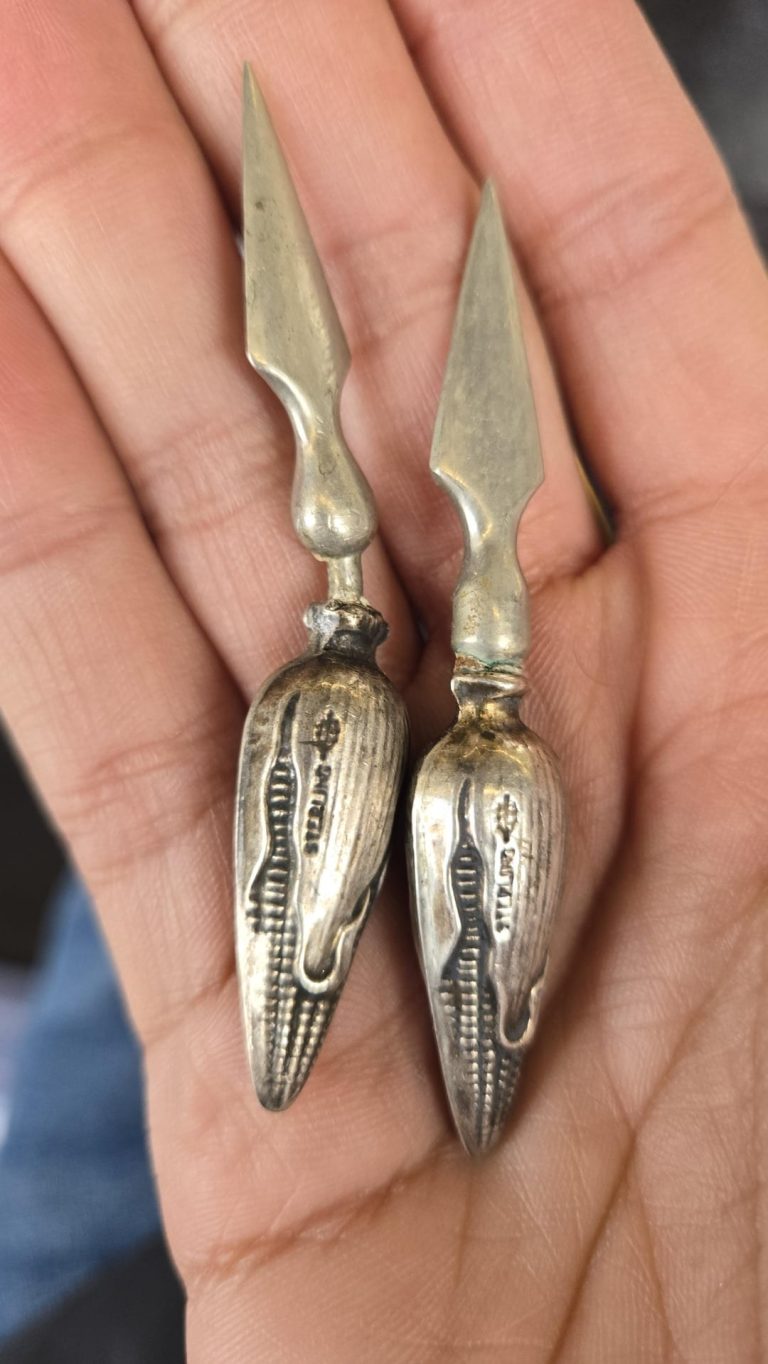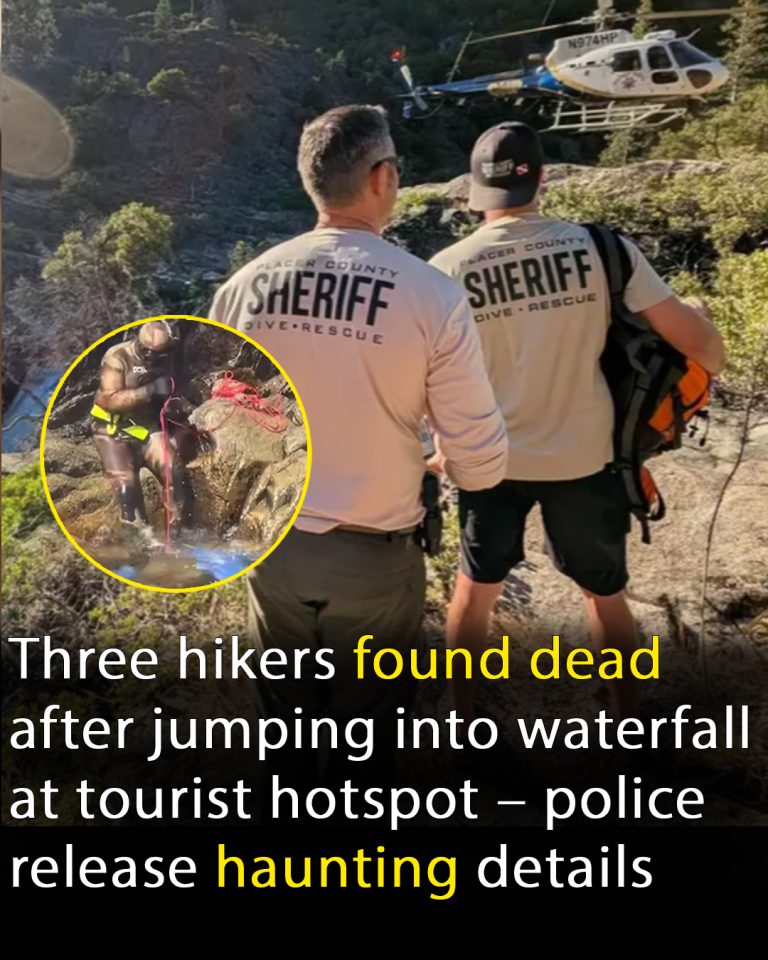Armed and Armoured Willys MB-Jeeps
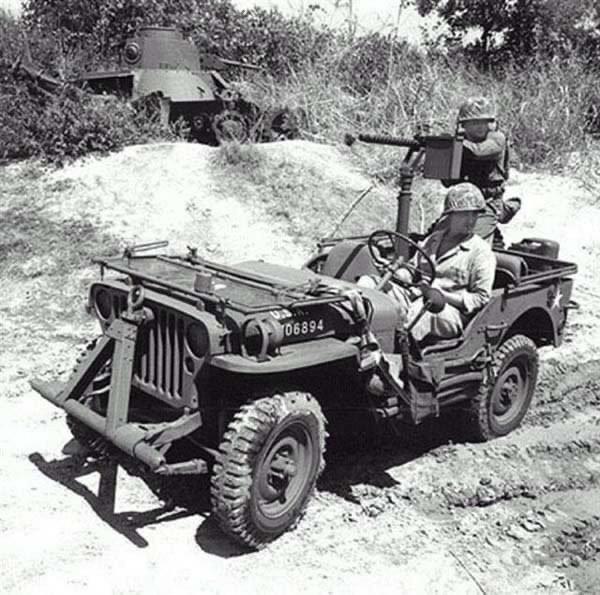
Much work was carried out in the USA and Britain to design special airborne vehicles to drop behind the enemy lines. Willys MB-Jeeps engaged in helping the Infantry by clearing snipers and other commando tasks. Generally manned by a sergeant and a trooper this vehicle was modified in many respects. It was armed with no fewer than five machine guns and had additional tanks for 135 l. of fuel. Scout/Recce
The most frequent combination encountered in the field. They were fitted with medium-range radios, and armed with the M1919 air-cooled Browning placed on the central pintle mount (fired by a standing gunner), but in some occasions, a heavier M1917A1 liquid-cooled was placed above the engine hood and fired by the co-driver. The M1920 often replaced the M1919 for added firepower. Usually the crew was two or three, the spare seat being utilized for ammo racks and gasoline jerrycans, allowing extra range. In practice, a large blackout headlamp was also mounted on the left front fender.
Machine-gun armed jeeps
Two of the initial missions of the jeep were to serve as a reconnaissance vehicle and to carry infantry machine-gun teams. These roles led to the development of methods to mount machine guns in firing positions on the jeep. The first effort in March 1941 was the T47 pedestal mount, which was a simple tubular pedestal that could be fitted with either the .30-cal. or .50-cal. machine gun. Trials revealed that the pedestal was not rigid enough during fire with only a single brace, so triple bracing was adopted prior to series production as the M31 pedestal mount. This was the most common official jeep machine-gun mounting during the war, with 31,653 produced. It was followed by the improved M31C in March 1945, though this was not widely used in combat in World War II. Besides the official pedestal mounts, units in the field often created their own pedestal mounts or adapted other types of pedestal mounts, and some examples are seen in photos here. The most common pedestal mounts were for the .30-cal. and .50-cal. machine guns, though other weapons were mounted.
In 1943, the M48 bracket mount was accepted for use to attach the .30-cal. machine gun or .30-cal. Browning Automatic Rifle in front of the passenger seat. As in the case of the pedestal mount, there were numerous field-improvised bracket mounts used by US troops in World War II. In 1943, Ordnance tested the D76272 assembly as an improved alternative to the M48 bracket mount, but it was not commonly used in World War II.
The jeep was used widely for trials of various weapons mounts during World War II, but in many cases these were not intended for actual use on the jeep, the jeep serving merely as a convenient platform for testing various type of ring mounts, multiple machine mounts, and other weapons.
Because of the widespread use of the jeep in other armies, there were many variations in armament. The most systematic efforts were undertaken by Britain. Perhaps the best known of these were the jeeps modified by the SAS in Egypt in 1942 for use in desert {aiding. These jeeps had a variety of armament fits, commonly using a twin Vickers K gun on the passenger side. Some of these served as a pattern for later armed British jeeps, notably the airborne jeeps that were armed with single Vickers K guns.
Gun-armed jeeps
In early 1941, the US Army’s Tank Destroyer Command was urgently in need of a method to make its antitank guns more mobile, the better to fulfill its new tactical doctrine. There had been articles published about the success of the French Army in using light antitank guns mounted on the rear of trucks during the 1940 campaign, so Ordnance began considering possible designs. One of the most obvious solutions was to mount the standard 37mm gun on a Y4ton truck and the first of these, designated the T2 37mm gun motor carriage (GMC), placed a 37mm gun in the rear-bed of a Bantam 40 BRC with the gun pointing over the hood. Seven of these were built, starting in May 1941, but the configuration was awkward and so the pilots were rebuilt to normal truck configuration. This was followed by the T2E1 37mm GMC, which reoriented the gun to fire over the rear of the vehicle, and 11 were built for trials. Although better than the T2, the T2El was difficult to employ since it was hard to service the gun in such an awkward configuration. Most of the T2El GMCs were converted back t9 trucks, but at least one was rebuilt by removing the rear bodywork to lighten the vehicle. The idea was that in this configuration, the gun would be oriented to fire over the front and the crew could service the gun from behind the vehicle. Once again, the configuration was awkward, to say the least, and this project was abandoned.
In July 1941, the QMC had considered developing a lengthened Y4ton truck with a 6×6 configuration for specialized roles; one of its original missions was seen as being a gun carrier for the 37mm gun. In July 1941, Willys was contracted to develop the T13 and T14 37mm GMC based on a stretched MA chassis. The T13 had the gun pointed forward but, as a result of earlier experiments with the T2, this configuration was dropped before the pilots were constructed. Instead, two pilots of the T14 were built and the first was delivered to Aberdeen Proving Ground in January 1942. Although the T14 was judged to be the most satisfactory of several 37mm tank destroyers tested by the Army, the Tank Destroyer Command had already decided to manufacture the M6 37mm GMC based on the 1/4ton truck. This marked the end of considerations for a jeep-based tank destroyer, but the 6×6 jeep continued development in various configurations as the “Super Jeep”, which is described below.
There were a number of other attempts to develop armed jeeps late in the war. The 82d Airborne Division actually mounted a 57mm antitank gun on the rear of a jeep in March 1945, but the war ended before it could be used. In 1944, Ordnance developed a mount for the large 4.2in mortar with a large hinge in the rear compartment that permitted the heavy base-plate to be folded up for travel, and then deploy behind the jeep for firing. Although a pilot was tested, there was never enough demand for such a weapon to justify production. The jeep was regularly used to carry infantry mortars, though these were not usually fired from the jeep. Some units developed racks for 81mm mortar ammunition for these mortar jeeps.
Armored Jeep
In reconnaissance operations, the Jeep proved fast, but clearly unprotected. This led to field adaptation of armored plates and, after some time, formulated and officialized as the “1/4 ton 4×4 armored truck”. This was an attempt by the army to set regulations of field modifications, consisting of adding a kind of “armored box” made of three plates (actually a single plate folded in three) protecting the front and sides of the driver compartment, with two small sight openings. The front plate replaced the windshield. The protection was sufficient against small arms fire.
Since the jeep was intended to be used for reconnaissance, there was interest almost from the outset in an armored version for the scout role. The Smart Engineering Company offered an elementary armor kit for the jeep in 1941, but trials at Aberdeen Proving Ground found that the extra weight adversely affected automotive performance.
The Army had already sponsored the development of a lengthened jeep for the T14 tank destroyer mentioned above, so there was some interest in whether this chassis might be more suitable for an armored jeep to satisfy a Tank Destroyer Command requirement for a lightly armored reconnaissance car. Starting in April 1942, the second T14 prototype was converted into the T24 scout car. Although the T24 was deemed successful in trials, the project was cancelled in the autumn of 1942 as part of an effort to quash the excessive number of armored car programs that had been undertaken by Ordnance in favor of concentrating on a single design, the M8/M20 light armored car.
In parallel to the T24 project, Ordnance was pushed into further work on a 4×4 scout car based on the jeep, owing to interest by Army Ground Forces. Starting in June 1942, Ordnance sponsored development ·of the T25 scout car, which used different configurations of armor in the T25, T25E1, T25E2, and T25E3 models. The added armor plate overloaded the chassis 785-1,265Ib beyond its rated load and, as was discovered earlier, badly affected automotive performance. The program was terminated, but a number of US Army units developed their own improvised armor kits in the European theater in 1944-45.
Rocket jeeps
The jeep was too light to mount any substantial guns, but it could mount some of the newer rocket artillery weapons that did not have the same debilitating level of recoil as conventional tube artillery. Under Navy direction, the California Institute of Technology developed two 4.5in launchers for the jeep, the Type 2 Mod 1 ten-rail barrage rocket launcher with a rail launcher over the roof of the jeep, and the Type 8 (Army designation: T45) with two racks on either side of the rear of the jeep with a total of 24 rockets in a cascading frame launcher. The Type 2 underwent a limited combat test with the Marines in 1944. The Type 8/T45 was first used by US Marine Rocket Detachments mounted on the J! 4ton truck during the Saipan campaign in the summer of 1944, but there are some Marine accounts that suggest that they were also fitted to jeeps. The Army tested jeeps with the T36 eight- tube launcher built by McCord Radiator and Manufacturing, and the Navy’s T45 launcher for 12 4.5in rockets. Ordnance units in Europe built a small number of field expedient launchers using aircraft 4.5in rocket launchers that resembled the T45. None of the jeep-mounted rocket launchers were manufactured in any significant number, as it was more efficient to use larger trucks that could carry more rockets.
The Red Army used rocket-armed jeeps in small numbers. Twelve of these were created in December 1944 by mounting a small 12-rail “mountain launcher” version of the M-8 82mm rocket launcher in the rear bed of the jeep. They were used by the 2nd Guards Mortar Battalion (Mountain) during the fighting in the Carpathian Mountains in the winter of 1944-45.
A more fruitful direction for research was in the new category of recoilless rifles, which offered the firepower of conventional direct-fire guns but in a lighter weapon. There were a number of experimental mountings of recoilless rifles on jeeps in 1945, but while these proved a practical weapon, it was not until after World War II that they saw any extensive use.
The Jeep in action
About 144 Jeeps were provided to every infantry regiment in the U.S. Army, so it was the most currently available vehicle. This explains why it was used for so many tasks and so extensively, marking a deep and durable imprint on simple soldiers. Since it was involved in every possible operations performed by the US Army and Marines in Europe, Africa and the Pacific, it would be pointless to detail specific assignations. It was used as personnel carrier, staff transportation, medevac, liaison, reconnaissance, patrol, spearheading advanced columns or deep into enemy territory. It was used as light artillery tractor, ammo, water, food, fuel supply vehicle, mortar tractor, infantry support vehicle and even fast antitank vehicle, armored and equipped with bazookas. 30% of the production, mostly Ford GPAs, were turned to the Lend-Lease effort, largely distributed among British & Commonwealth, Free French, Free Polish forces and the Soviets, which ultimately derived a vehicle from it, the GAZ-67B.The production of this Soviet version started in September 23, 1943, and lasted until 1953, after 92,843 had been delivered.
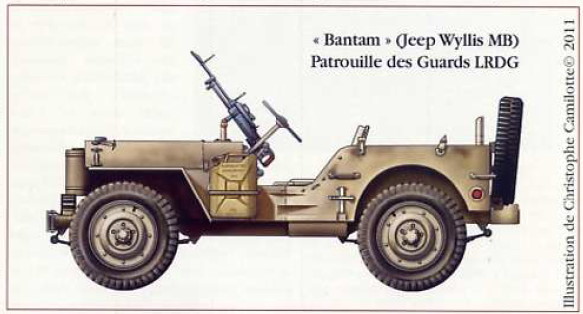
One of the most thrilling uses of the Jeep, was performed by British and Allied LRDG units, “Long Range Desert Group” in North Africa. Often paired with Chevrolet WB trucks, they were heavily armed and received a lot of extra fuel. Their task was to navigate deep and far into enemy territory, gathering intelligence and operating covert reconnaissance. But they also hit depots, camps or even airbases, sometime at night or dawn, striking hard and fast, and creating havoc in rear line sectors reputedly “quiet”, and therefore weakly defended. They made such an impression on the Italians in particular (which called it the “Pattuglia Fantasma” or “Ghost Patrol”) that they developed a special vehicle, the AS-42 Sahariana, derived from the AB-41 armored car for the same tasks and missions.
